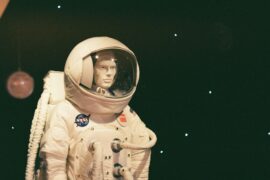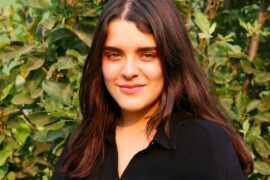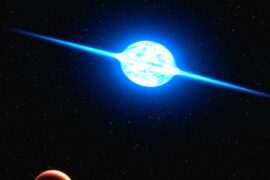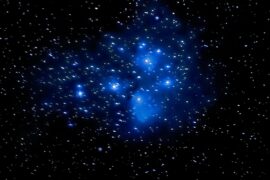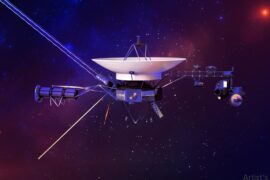From Soviet-era training centers to modern aerospace contributions, Ukraine’s ties to human spaceflight run deep. Engineers, cosmonaut trainees and support industries across the country have played roles in missions for decades, shaping careers that span different programs and eras.
There are 17 Ukrainian Astronauts, ranging from Aleksandr Volkov to Yuri Onufrienko; for each person you’ll find below Birthplace,Nationality at flight,Missions (year).
How do you define a “Ukrainian astronaut” on this list?
This list prioritizes clear criteria: people born in the territory of present-day Ukraine or those who held Ukrainian citizenship at the time of their flight are included. Where someone flew for another country or under the Soviet banner, that status is shown in the Nationality at flight column to avoid confusion.
Did these astronauts fly with other space programs or under different flags?
Yes — many served with the Soviet or Russian programs and some later participated in international missions; the Missions (year) and Nationality at flight columns show when and under which program or flag each flight occurred, so you can track affiliation and mission history below.
Ukrainian Astronauts
| Name | Birthplace | Nationality at flight | Missions (year) |
|---|---|---|---|
| Pavel Popovich | Uzin, Kyiv Oblast (present-day Ukraine) | Soviet Union | Vostok 4 (1962); Soyuz 14 (1974) |
| Georgy Beregovoy | Fedorivka, Poltava Oblast (present-day Ukraine) | Soviet Union | Soyuz 3 (1968) |
| Georgy Shonin | Rovenky, Luhansk Oblast (present-day Ukraine) | Soviet Union | Soyuz 6 (1969) |
| Georgy Dobrovolsky | Odesa, Odesa Oblast (present-day Ukraine) | Soviet Union | Soyuz 11 (1971) |
| Vitaly Zholobov | Stara Zburyivka, Kherson Oblast (present-day Ukraine) | Soviet Union | Soyuz 21 (1976) |
| Vladimir Lyakhov | Antratsyt, Luhansk Oblast (present-day Ukraine) | Soviet Union | Soyuz 32/34 (1979); Soyuz T-9 (1983); Soyuz TM-6/5 (1988) |
| Leonid Kizim | Krasnyi Lyman, Donetsk Oblast (present-day Ukraine) | Soviet Union | Soyuz T-3 (1980); Soyuz T-10/11 (1984); Soyuz T-15 (1986) |
| Vladimir Vasyutin | Kharkiv, Kharkiv Oblast (present-day Ukraine) | Soviet Union | Soyuz T-14 (1985) |
| Aleksandr Volkov | Horlivka, Donetsk Oblast (present-day Ukraine) | Soviet Union; Russia (Roscosmos) | Soyuz T-14 (1985); Soyuz TM-7 (1988); Soyuz TM-13 (1991) |
| Anatoly Levchenko | Krasnokutsk, Kharkiv Oblast (present-day Ukraine) | Soviet Union | Soyuz TM-4/3 (1987) |
| Anatoly Artsebarsky | Prosyana, Dnipropetrovsk Oblast (present-day Ukraine) | Soviet Union | Soyuz TM-12 (1991) |
| Vasily Tsibliyev | Orikhivka, Crimea (present-day Ukraine) | Russia (Roscosmos) | Soyuz TM-17 (1993); Soyuz TM-25 (1997) |
| Yuri Malenchenko | Svitlovodsk, Kirovohrad Oblast (present-day Ukraine) | Russia (Roscosmos) | Soyuz TM-19 (1994); STS-106 (2000); Expedition 7 (2003); Expedition 16 (2007); Expedition 32/33 (2012); Expedition 46/47 (2015) |
| Yuri Gidzenko | Yelanets, Mykolaiv Oblast (present-day Ukraine) | Russia (Roscosmos) | Soyuz TM-22 (1995); Expedition 1 (2000); Soyuz TM-34/33 (2002) |
| Yuri Onufrienko | Ryasne, Kharkiv Oblast (present-day Ukraine) | Russia (Roscosmos) | Euromir 95 (1996); Expedition 4 (2001) |
| Leonid Kadenyuk | Klishkivtsi, Chernivtsi Oblast (present-day Ukraine) | Ukraine (NSAU) | STS-87 (1997) |
| Heidemarie Stefanyshyn-Piper | St. Paul, Minnesota (USA) | USA (NASA) | STS-115 (2006); STS-126 (2008) |
Images and Descriptions
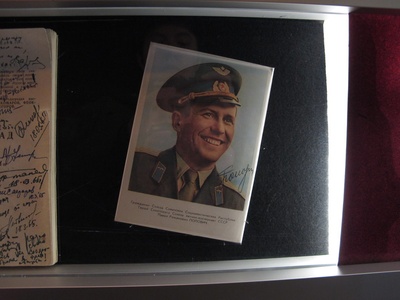
Pavel Popovich
The first cosmonaut of Ukrainian origin. His Vostok 4 flight was part of the first dual-manned spaceflight. Popovich was known for his strong Ukrainian identity and even sang a Ukrainian song from orbit, a first for space.

Georgy Beregovoy
A decorated WWII pilot, Beregovoy was the oldest person to go into space at that time. His Soyuz 3 mission tested rendezvous capabilities with an uncrewed Soyuz 2. He later led the Gagarin Cosmonaut Training Center for 15 years.
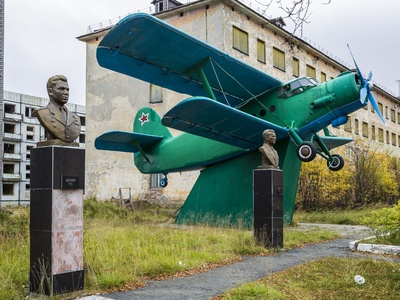
Georgy Shonin
Flew on the Soyuz 6 mission, which was part of a joint flight with Soyuz 7 and 8. His mission was notable for conducting the first welding experiments in the vacuum of space, a critical test for future space construction techniques.

Georgy Dobrovolsky
Commanded the Soyuz 11 mission, which successfully docked with Salyut 1, the world’s first space station. He and his two crewmates tragically died during reentry due to cabin depressurization, becoming the only humans confirmed to have died in space.

Vitaly Zholobov
Served as flight engineer on a 49-day mission to the Salyut 5 space station. The mission was cut short after Zholobov developed severe space sickness, which provided valuable data on the physiological challenges of long-duration spaceflight.
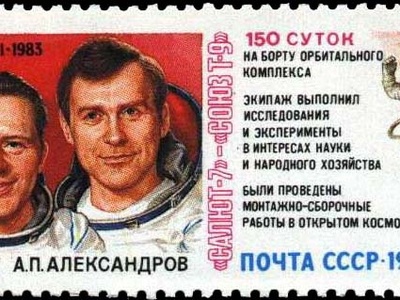
Vladimir Lyakhov
A veteran cosmonaut who completed three spaceflights, totaling over 333 days in space. He commanded long-duration missions to the Salyut 6, Salyut 7, and Mir space stations, contributing significantly to the Soviet deep-space program.
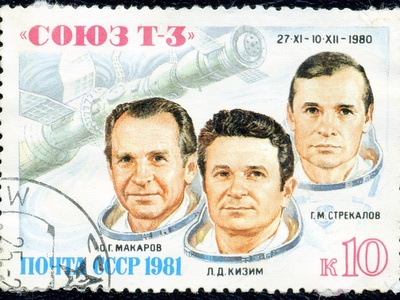
Leonid Kizim
An accomplished cosmonaut who flew three major missions. He notably commanded Soyuz T-15, the first and only mission to visit two space stations (Mir and Salyut 7) in a single flight, a unique “space ferry” operation demonstrating incredible skill.

Vladimir Vasyutin
Commanded the Soyuz T-14 mission to the Salyut 7 space station. His planned six-month mission was abruptly terminated after 64 days when he developed a severe infection, forcing an emergency medical evacuation and return to Earth.

Aleksandr Volkov
Flew three times, commanding two long-duration missions on Mir. His final mission was historic; he launched as a Soviet citizen from the Baikonur Cosmodrome in the Kazakh SSR and returned to Earth as a Russian citizen in independent Kazakhstan.

Anatoly Levchenko
A test pilot selected for the Buran space shuttle program. His one spaceflight was a short mission to the Mir space station to test his piloting abilities after adapting to microgravity. Tragically, he died of a brain tumor less than a year later.
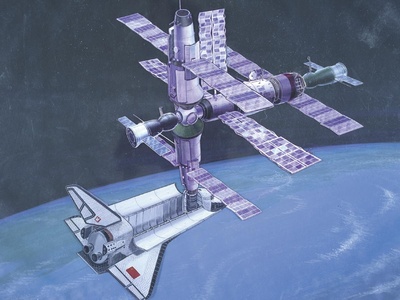
Anatoly Artsebarsky
Served as commander of the Soyuz TM-12 mission to the Mir space station. During his 144-day stay, he performed an impressive six spacewalks to assemble a 14-meter truss structure on the station, demonstrating extensive extravehicular activity skills.
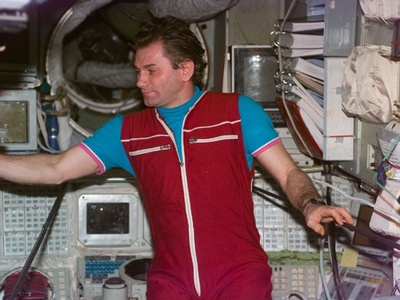
Vasily Tsibliyev
Born in Crimea, this Russian cosmonaut commanded two long-duration missions to the Mir space station. His second mission was particularly challenging, as he had to manage the aftermath of both a fire and a collision with a Progress cargo ship.
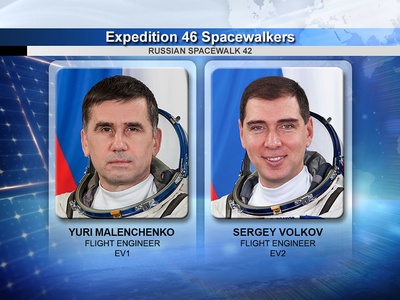
Yuri Malenchenko
An exceptionally experienced cosmonaut born in Ukraine. He flew six missions and logged over 827 days in space. His career spanned Mir, the Space Shuttle, and the ISS, and he famously had the first wedding from space in 2003.
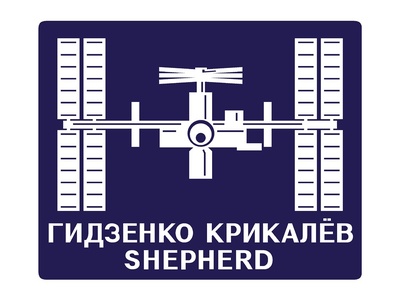
Yuri Gidzenko
A Ukrainian-born Russian cosmonaut who flew three missions. He held the critical role of commander for the Soyuz TMA-1 vehicle that carried Expedition 1, the first resident crew, to the International Space Station, beginning permanent human presence there.

Yuri Onufrienko
A Ukrainian-born Russian cosmonaut who commanded two long-duration missions. He commanded the Mir-21 crew and later commanded Expedition 4 on the International Space Station, logging a total of 389 days in space and eight spacewalks.
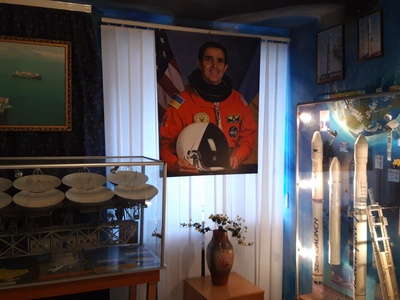
Leonid Kadenyuk
The first and only astronaut of independent Ukraine. He flew aboard Space Shuttle Columbia as a payload specialist, conducting biological experiments. His flight was a landmark moment for Ukrainian space exploration and national pride, symbolizing the country’s scientific capabilities.
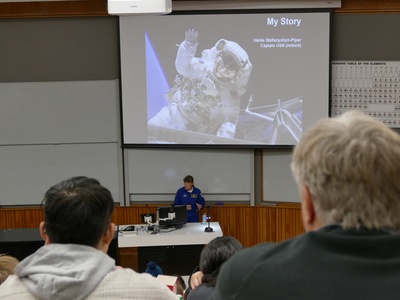
Heidemarie Stefanyshyn-Piper
A U.S. Navy Captain and NASA astronaut whose parents were Ukrainian immigrants. While born in the U.S., she honored her heritage by taking a Ukrainian flag to space. A spacewalk specialist, she logged over 33 hours of EVA time across five spacewalks.
Enjoyed this article?
Get daily 10-minute PDFs about astronomy to read before bed!
Sign up for our upcoming micro-learning service where you will learn something new about space and beyond every day while winding down.


